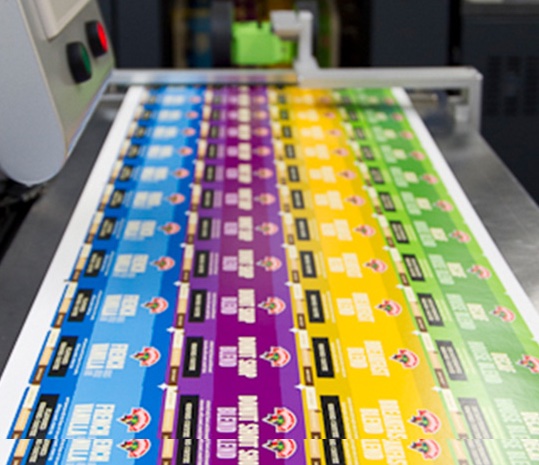Website loading speed isn't just about user experience anymore — it's a direct ranking factor for search engines like Google. If your site takes more than 3 seconds to load, you may already be losing both visitors and visibility. In this article, we’ll explain why page speed matters for SEO, how it impacts your rankings, and what practical steps you can take to improve it.
Why Loading Speed Matters for SEO
1. Google Prioritizes Fast Websites
Since the “Speed Update” rolled out in 2018, Google has officially included page speed in its mobile search ranking algorithm. In 2021, with the introduction of Core Web Vitals, speed became even more important — not just how fast a page loads, but how stable and responsive it is during that process.
2. Users Bounce From Slow Pages
Statistics show that bounce rates skyrocket as loading time increases. A page that takes 5 seconds to load is likely to lose up to 90% of its visitors compared to a page that loads in 1 second. This behavioral signal tells Google: “This page isn’t worth ranking.”
3. Mobile-First Indexing Makes Speed Crucial
With mobile-first indexing, Google evaluates the mobile version of your site first. If your mobile performance is poor, your rankings will suffer — even if the desktop version is flawless.
How Loading Speed Affects Technical SEO
-
Crawl Budget: The slower your pages load, the fewer of them Googlebot can crawl within your crawl budget.
-
Indexation Delay: Search engines may deprioritize slow-loading pages, causing delays in indexing.
-
JavaScript Rendering: Heavy, unoptimized JavaScript can block content from loading — or prevent it from rendering entirely, leading to incomplete indexation.
How to Measure Website Speed
Use these tools to get an accurate picture of your performance:
-
Google PageSpeed Insights – Offers Core Web Vitals data and improvement suggestions.
-
GTmetrix – Provides waterfall loading timelines and real-time speed scoring.
-
Lighthouse (Chrome DevTools) – A detailed audit for developers and SEOs.
Practical Ways to Improve Your Website Loading Speed
1. Compress Images
Large images are one of the top culprits for slow websites. Use modern formats like WebP and compress images without sacrificing quality using tools like TinyPNG or ShortPixel.
2. Enable Browser Caching
This allows returning visitors to load your pages faster by saving parts of the website in their browser.
3. Minify HTML, CSS, and JavaScript
Use minification tools to reduce file size and eliminate unnecessary characters in code.
4. Use a Content Delivery Network (CDN)
A CDN like Cloudflare or BunnyCDN distributes your content across multiple global servers, reducing latency.
5. Reduce Third-Party Scripts
Limit the number of external scripts like chat widgets, ad trackers, and embedded videos. Each one adds to your load time.
6. Implement Lazy Loading
Images and videos should load only when the user scrolls to them. This reduces initial load time significantly.
7. Upgrade Your Hosting
Shared hosting might save money but cost rankings. Switch to a VPS or cloud hosting service optimized for performance.
Conclusion
Page speed isn’t just a developer's concern — it’s a critical SEO factor. A slow website drives users away, harms your search rankings, and can cripple your conversion rates. By investing in speed optimization, you're not only improving your SEO but also delivering a better experience to every single visitor.

